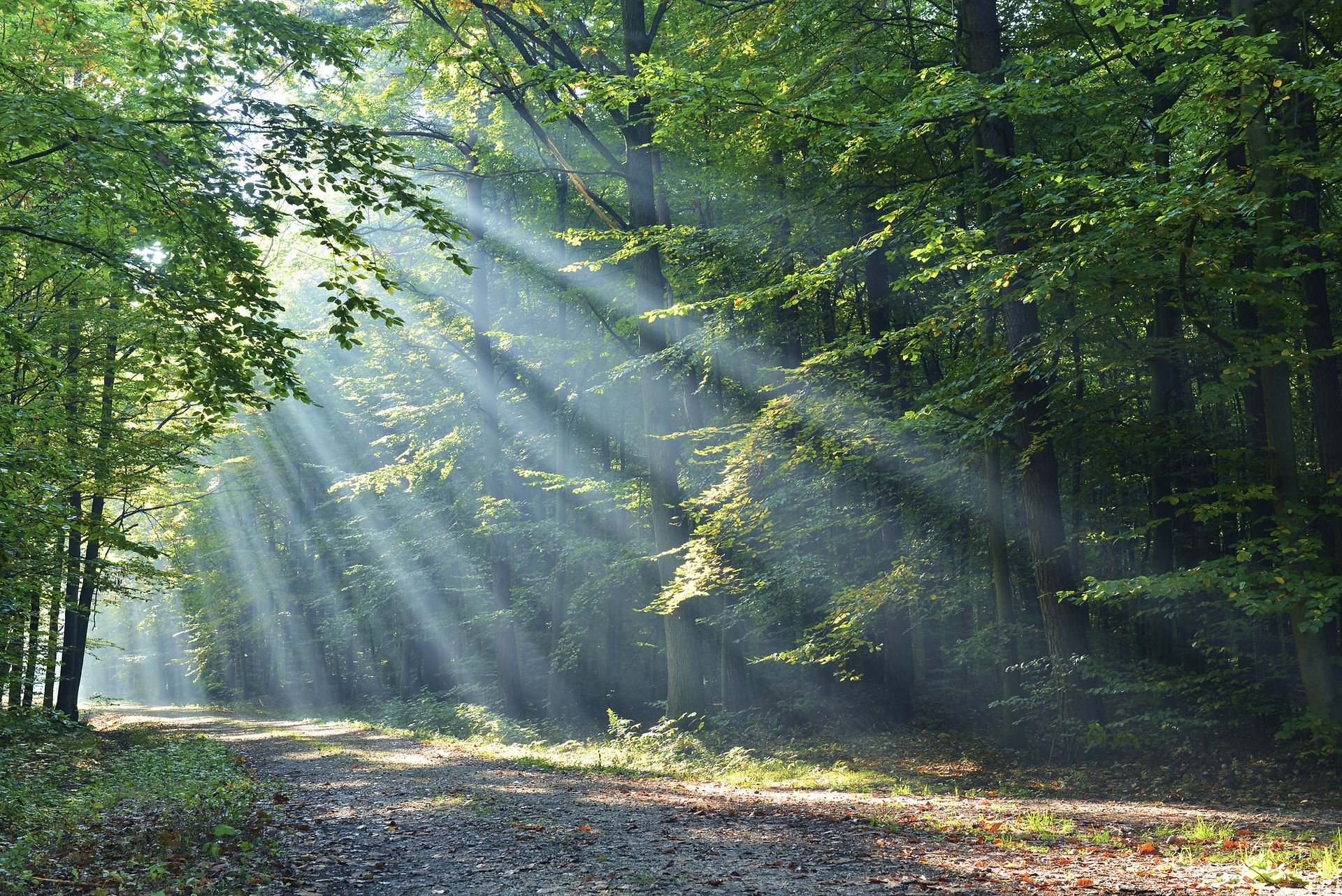Meaningful Tree Selection
- Craig Wilson

- Apr 18, 2017
- 2 min read
On recent trip to the local refuse centre I was struck by the amount of ‘greenwaste’ being dumped by an almost continuous stream of car and trailers - all loaded to the hilt with a mixed selection of flax, pittosporum and other woody trimmings. I couldn’t help but see this a whole lot of trees and shrubs that 10, 20 or even 30 years ago were planted in the wrong place. It does seem a pity to be removing plant material that could have had many more years of life, if its initial planting and selection had a bit more thought.

A successful planting would be defined by many as one that over time can express a plants mature form. This would especially be true of trees that are all too often viewed as a liability as they reach maturity. To avoid the costs of undue maintenance and premature removal of any planting you are about to undertake, ask yourself is this the right plant in the right place? Is there enough room for your selected specimen to grow without it eventually casting unwanted shade into the living area of your home? Will a mature canopy overhang the neighbours property and create a nuisance factor for them? Will the amount of leaf drop create a maintenance headache for you?
Apart from the financial cost of ongoing maintenance and eventual removal, perhaps the biggest cost of removing a poorly selected planting is the redundant time it took to grow and the years ahead before a replacement specimen will start to have a meaningful spatial presence. A well chosen tree or planting, rather than being a future liability, has many benefits. This brings to mind a flowering cherry tree on a neighbouring property on the street where I live. It would be 40-50 years old and in its mature form is an amazing specimen with a spectacular blossom display in spring. It is well positioned in an established garden where it is visible and enjoyed by everyone on the street. It shades the footpath in summer and gives distinctive character to the streetscape. To lose the visual impact this tree has on its local surroundings would be a great loss, and due to its thoughtful original planting there seems no reason why it wouldn’t be there and enjoyed by our community for many decades to come.

























Comments